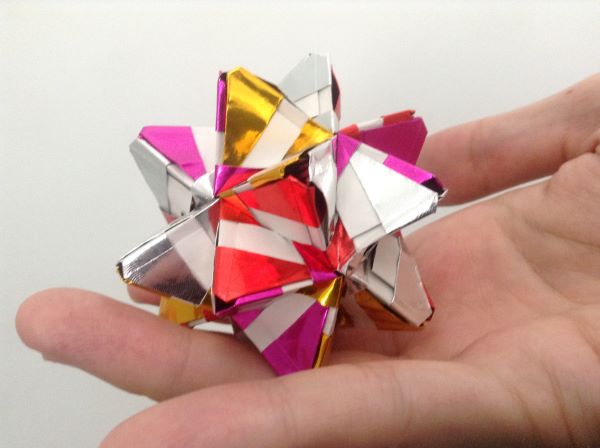cn: moderate spoilers for Firewatch.
Firewatch is a 2016 walking simulator about a man named Henry, whose wife is suffering from early onset dementia. He joins the firewatch as a way of running away from his problems. Gameplay consists of hiking through a naturalistic forest, while Henry chats frequently with his boss, Delilah, over the radio. At some point they learn that someone has been listening in on their conversations, which ignites in both of them a paranoid fantasy.
Firewatch has a linear narrative, with no major branching points and no fail states. Nonetheless, I found it too difficult. I had already been spoiled as to its general plot and themes before I even started. And yet, I still felt like I didn’t “get it” in my own playthrough. I felt like I had watched a walkthrough but was still unable to perform the actions that I had seen others do.

